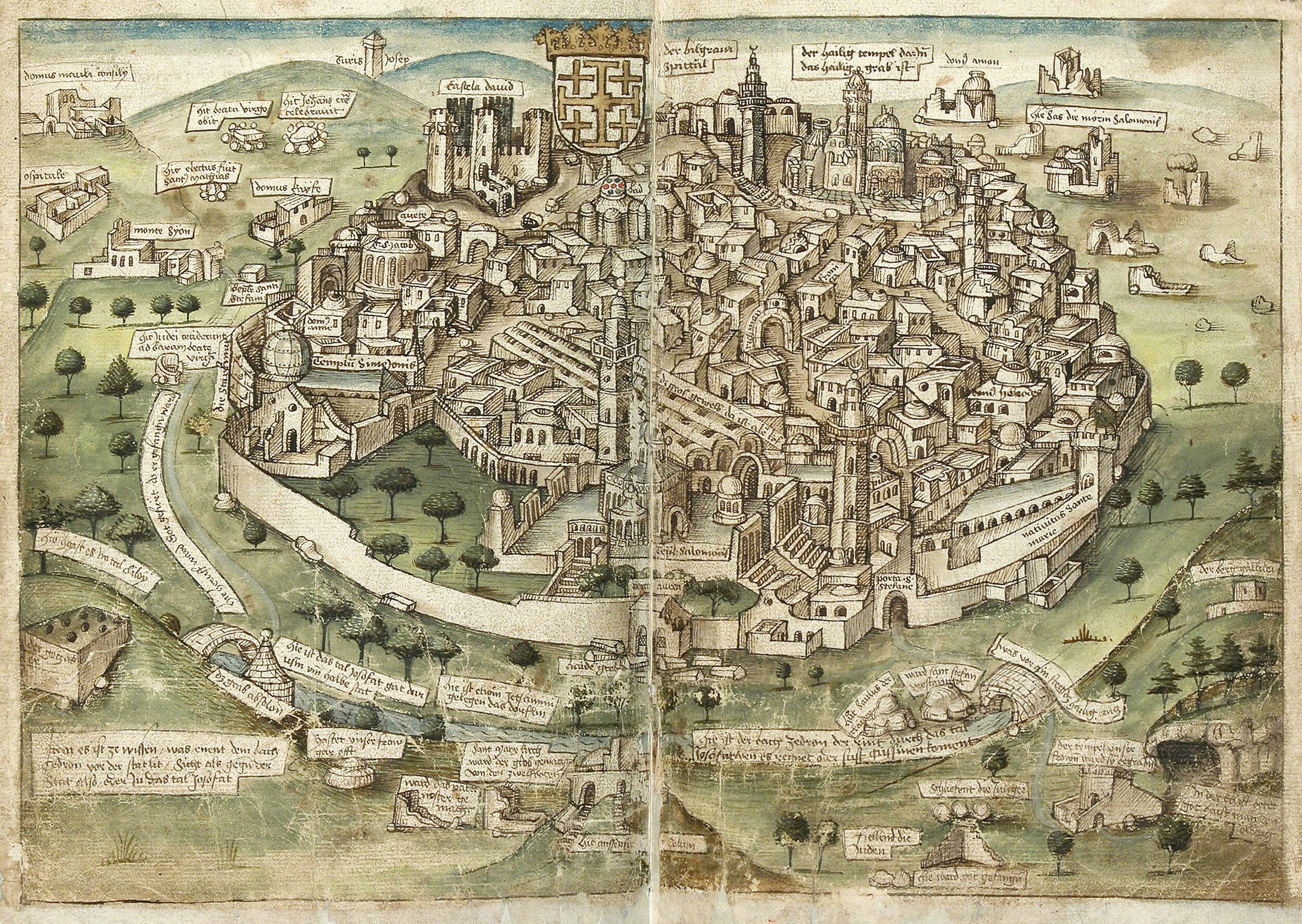Cynocephalus - Nuremberg Chronicle
Mandeville goes east into Greater India, and we go with him, following, as he follows the path of Odoric of Pordenone, into India, into the sea and its islands, and into a discussion of medieval hybrids and monsters, and what they mean. We'll find Amazons, the hand of St. Thomas, and people with neither noses nor eyes.
If you like what you hear and want to chip in to support the podcast, my Patreon is here, my Ko-fi is here, and Paypal is here.
Sources:
Sir John Mandeville: The Book of Marvels and Travels, translated by Anthony Bale. Oxford University Press, 2012.
The Travels of Sir John Mandeville, translated by Charles Moseley. Penguin, 2005.
Cathay and the Way Thither Vol. II. Hakluyt Society, 1913.
Andyshak, Sarah Catherine. Figural and Discursive Depictions of the Other in the Travels of Sir John Mandeville. Florida State University Libraries, 2009.
Friedman, John Block. The Monstrous Races in Medieval Art and Thought. Syracuse University Press, 2000.
Greenblatt, Stephen. Marvellous Possessions: The Wonder of the New World. University of Chicago Press, 1991.
Higgins, Iain Macleod. Writing East: The "Travels" of Sir John Mandeville. University of Pennsylvania Press, 1997.
Patterson, Robert. Mandeville's Intolerance: The Contest for Souls and Sacred Sites in The Travels of Sir John Mandeville. Washington University in St. Louis, 2009.
Schildgen, Brenda Deen. Dante and the Orient. University of Illinois Press, 2002.
Tzanaki, Rosemary. Mandeville's Medieval Audiences: A Study on the Reception of the Book of Sir John Mandeville (1371-1550). Taylor & Francis, 2017.
Verner, Lisa. The Epistemology of the Monstrous in the Middle Ages. Routledge, 2005.










